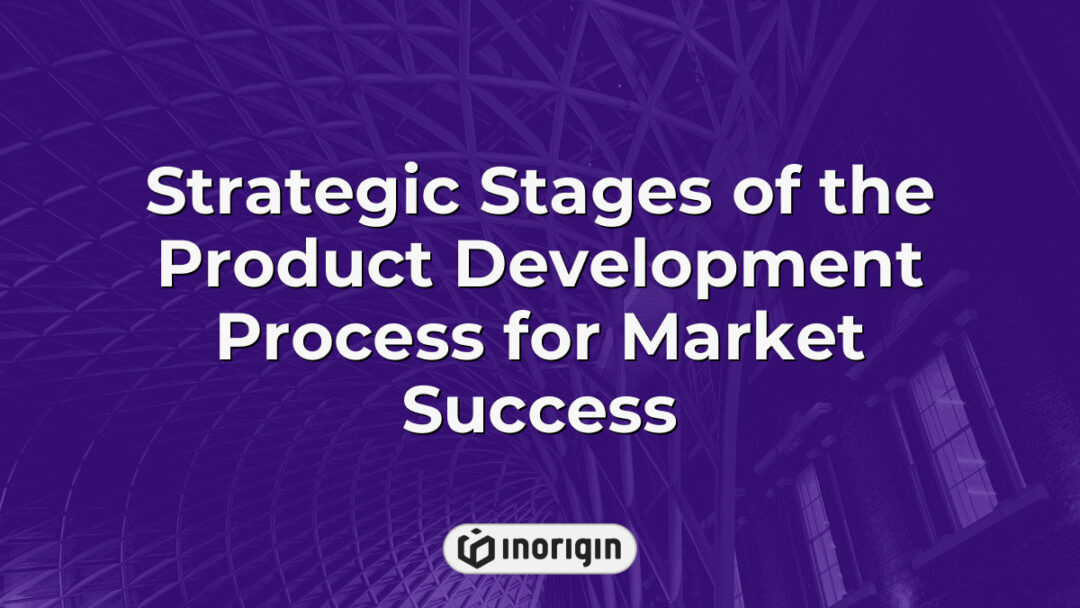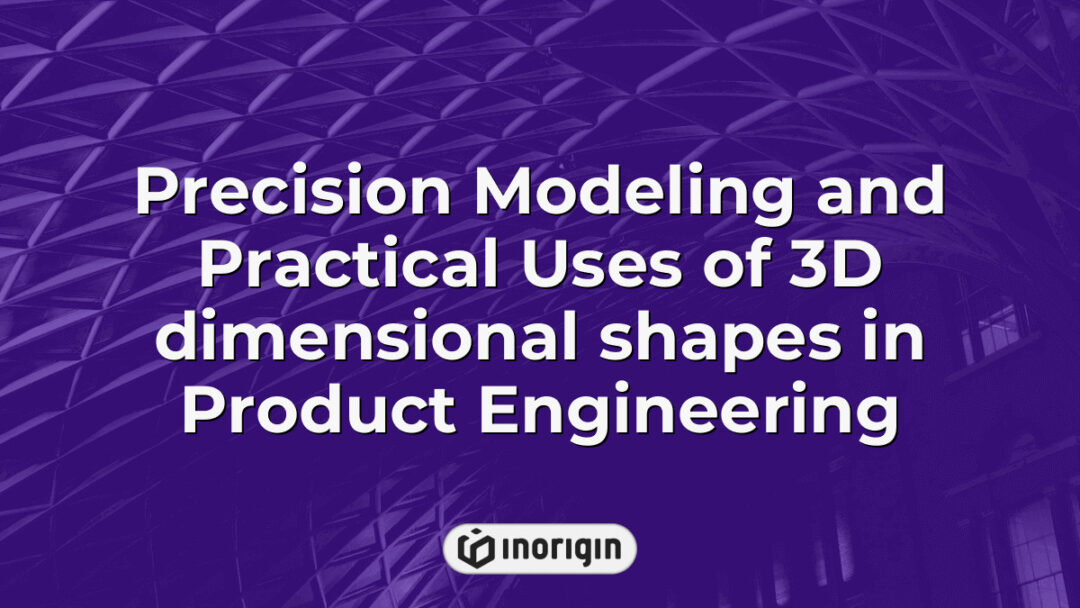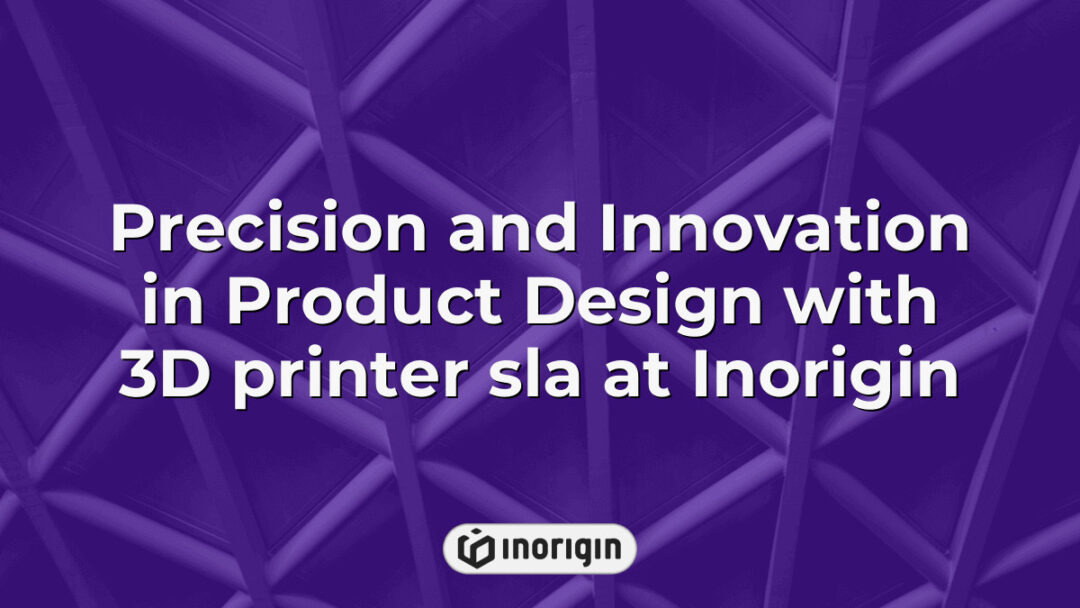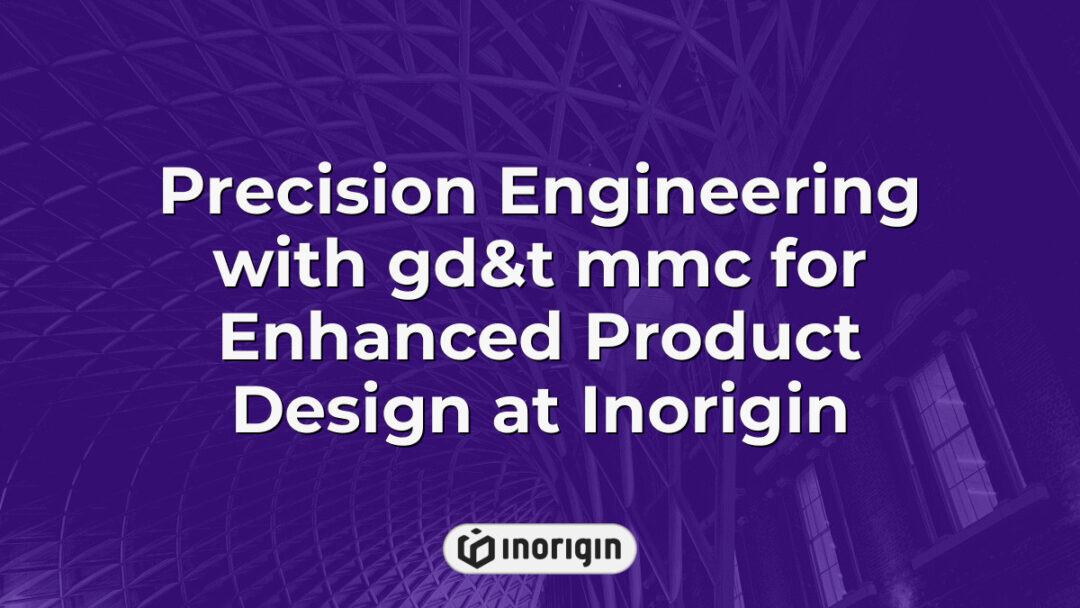The product development process is a dynamic and complex journey that requires meticulous planning, innovative thinking, and unwavering dedication. It is not simply about creating a new product; rather, it is a high-stakes game of strategy where every decision can make or break the success of the final outcome. From conceptualization to commercialization, this process demands nothing less than perfection from those who dare to embark upon its treacherous path. In this article, we will delve into the intricacies of the product development process, exploring its challenges, triumphs, and ultimate rewards for those brave enough to navigate its unpredictable waters.
| Aspect | Key Takeaway |
|---|---|
| Overview of the Product Development Process | The product development process is a strategic journey from concept to market-ready product, requiring detailed planning and innovative engineering to bring ideas to life effectively. |
| Understanding Customer Needs and Market Research | Thorough market research and in-depth understanding of customer needs are foundational for creating solutions that align with target audience expectations. |
| Concept Development and Prototyping | Transforming ideas into prototypes enables visualization and testing, which is essential for refining product design and ensuring functional excellence. |
| Setting Clear Goals and Product Roadmap | Establish SMART goals and a structured roadmap to guide development stages, encourage team alignment, and facilitate timely delivery. |
| Integrating Feedback and Iteration | Continuous testing and stakeholder feedback drive iterative improvements, enhancing product performance and user satisfaction before production. |
| Advanced Engineering and Rapid Prototyping Services | Utilizing expert product engineering, simulation (FEA/CFD), and rapid 3D printing optimizes design accuracy and accelerates development cycles. |
| Crafting a Targeted Marketing Strategy | Developing a marketing strategy that clearly communicates product benefits ensures effective positioning and maximizes market impact. |
Understanding Customer Needs And Market Research
The success of a product development process is heavily reliant on understanding customer needs and conducting thorough market research. This initial stage plays a crucial role in identifying the specific requirements, preferences, and desires of potential consumers. By analyzing market trends, competitors’ offerings, and consumer feedback, companies can gain valuable insights into what drives customer behavior and decision-making processes. Understanding customer needs allows businesses to tailor their products or services to meet these demands effectively. Furthermore, conducting comprehensive market research helps organizations identify gaps in the market, assess the competitive landscape, and make informed decisions throughout the product development lifecycle.
Understanding customer needs and engaging in rigorous market research are essential components of a successful product development process. By focusing on these stages early on, companies can align their strategies with consumer expectations, differentiate themselves from competitors, and create innovative solutions that resonate with target audiences. Ultimately, this approach not only increases the likelihood of launching a successful product but also enhances long-term profitability and sustainability for businesses operating in dynamic markets.
Ideation And Concept Development
Exploring the realm of product development process, concept development plays a pivotal role in shaping the success of a product. This stage involves generating ideas and concepts that address the identified customer needs and market gaps. The ideation and concept development phase is essential for transforming abstract ideas into tangible products or services that resonate with consumers. By engaging in this creative process, organizations can unlock innovative solutions and differentiate themselves in competitive markets.
Furthermore, concept development is a multifaceted process that encompasses various stages to refine and validate ideas before moving forward with production. From brainstorming sessions to prototyping and testing, each step in the concept development journey contributes to refining the product idea and ensuring its feasibility in the market. As such, meticulous attention to detail and strategic planning are crucial during this phase to ensure that the final product meets consumer expectations while aligning with business goals.
In essence, ideation and concept development serve as the cornerstone of successful product innovation by bridging the gap between customer needs and market opportunities. Through a systematic approach to generating, refining, and validating concepts, organizations can create compelling products that resonate with their target audience. By embracing creativity and collaboration at every stage of the concept development process, companies can bring innovative solutions to market that drive growth and establish a competitive edge in today’s dynamic business landscape.
Creating A Product Roadmap And Setting Goals
How does one effectively navigate the product development process from ideation to launch? One crucial step in this journey involves creating a product roadmap and setting goals. A product roadmap serves as a strategic guide that outlines the vision, direction, and milestones of a product’s development. By setting clear and achievable goals, teams can align their efforts towards fulfilling the objectives outlined in the roadmap. This stage requires careful consideration of market trends, customer needs, technological capabilities, and resource constraints to ensure successful product delivery.
Incorporating feedback from stakeholders and conducting regular reviews can help refine the product roadmap and adjust goals as needed throughout the development process. By establishing key performance indicators (KPIs) and metrics for measuring progress, teams can track their success against predetermined benchmarks. Additionally, fostering open communication and collaboration among team members is essential for maintaining alignment with the established goals and ensuring timely execution of tasks. As such, creating a robust product roadmap and setting SMART (Specific, Measurable, Achievable, Relevant, Time-bound) goals are critical components of driving innovation and achieving success in product development processes.
Designing The Product Prototype
Designing the product prototype is a crucial stage in the product development process. This phase involves creating a preliminary version of the product that can be used for testing and evaluation purposes. By designing the product prototype, companies can visualize their ideas and concepts in a tangible form, allowing them to gather feedback from stakeholders and make necessary adjustments before moving forward with production. The prototype serves as a blueprint for the final product, helping to identify any potential issues or improvements early on in the new product development process.
Designing the product prototype plays a significant role in ensuring the success of a new product. It allows companies to test their ideas and concepts in a practical manner, enabling them to address any issues or concerns before investing further resources into production. Through this iterative process of prototyping, businesses can fine-tune their products based on user feedback and market demands, ultimately increasing the chances of launching a successful and marketable product.
Testing And Gathering Feedback
The next crucial step in the product development process after designing the product prototype is testing and gathering feedback. This phase involves conducting various tests to assess the functionality, usability, and durability of the prototype. The feedback gathered from these tests helps identify any potential issues or areas for improvement before finalizing the design. Additionally, user feedback plays a significant role in understanding customer preferences and needs, ensuring that the final product meets market expectations. By systematically following these steps, organizations can ensure that their products are well-designed, reliable, and meet consumer demands.
By incorporating testing and gathering feedback into the product development process, companies can refine their prototypes based on real-world data rather than assumptions. This iterative approach allows for continuous improvements throughout the design phase, resulting in a more robust and user-friendly final product. Moreover, involving end-users in the testing process promotes transparency and fosters trust between customers and businesses. Ultimately, by prioritizing this step in the product development cycle, organizations can increase their chances of launching successful products that resonate with consumers’ needs and expectations.
Iterating And Refining The Product
The stage process of product development involves iterating and refining the product to ensure it meets customer needs and expectations. This pivotal stage in the overall process provides an opportunity to make necessary adjustments based on testing and feedback received during earlier stages. By integrating customer insights and market trends, organizations can enhance their products to deliver maximum value and satisfaction to their target audience.
Throughout the stages of product development, iterating and refining the product serves as a vital component in achieving success in the marketplace. By continuously evaluating and enhancing features, functionalities, and user experience, companies can stay ahead of competitors and maintain relevance with changing consumer preferences. This iterative approach allows for flexibility and adaptability in responding to evolving market demands while also addressing any potential issues or concerns that may arise before launch. Ultimately, this commitment to refinement ensures that the final product is well-positioned for success upon its release into the market.
Developing A Marketing Strategy
Within the realm of the product development process, one crucial stage involves developing a marketing strategy. This phase serves as a pivotal point in ensuring the success and viability of the product in the market. By crafting a comprehensive marketing strategy, companies can effectively position their product to reach their target audience and drive sales. This process entails analyzing market trends, identifying consumer needs, and formulating promotional tactics to generate awareness and interest in the product.
In essence, developing a marketing strategy is an integral part of the overall product development process. It acts as a bridge between ideation and commercialization by aligning the features and benefits of the product with consumer preferences and demands. Through meticulous planning and strategic implementation, organizations can maximize their chances of achieving success in the competitive marketplace. Additionally, this stage allows businesses to differentiate their offerings from competitors and create a unique value proposition that resonates with consumers. Ultimately, a well-executed marketing strategy can significantly impact the overall performance and profitability of a product.
Manufacturing And Production Planning
Within the realm of product development process, the stage of manufacturing and production planning plays a crucial role in bringing a concept to fruition. This phase involves translating designs and ideas into tangible products through systematic planning and coordination of resources. Euphemistically referred to as the backbone of the entire operation, manufacturing and production planning ensures that all components are aligned for efficient assembly and delivery. Key considerations within this phase include:
- Sourcing raw materials: Identifying reliable suppliers and sourcing high-quality materials is essential for ensuring the end product meets quality standards.
- Production scheduling: Creating a detailed timeline for each step of the manufacturing process helps streamline operations and prevent delays.
- Quality control measures: Implementing rigorous quality control checks throughout production safeguards against defects and maintains consistency in product output.
As such, meticulous attention to detail during manufacturing and production planning is paramount to the success of any product development endeavor. By carefully orchestrating these elements, organizations can optimize efficiency, minimize costs, and ultimately deliver innovative products that meet consumer demands.
Launching The Product To The Market
The final stage in the product development process is launching the product to the market. According to a study by Harvard Business School, approximately 75% of new products fail to gain traction in the market due to various factors such as poor timing, ineffective marketing strategies, or lack of consumer demand. To successfully launch a product, several steps must be taken. First, it is essential to conduct thorough market research to understand consumer needs and preferences. Next, creating a strong marketing campaign that effectively communicates the benefits of the product is crucial. Additionally, setting competitive pricing and distribution strategies are key components in ensuring a successful product launch.
Launching a product to the market represents the culmination of an intricate multi-stage process within the overall product development journey. By strategically executing each step in this process – from conducting market research to implementing effective marketing campaigns – companies can increase their chances of achieving success when bringing new products into the marketplace.
Monitoring And Evaluating The Products Performance
Monitoring and evaluating the products performance is a crucial stage in the product development process. This step allows companies to gather valuable insights on how well their product is performing in the market, identify areas for improvement, and make data-driven decisions for future iterations. Firstly, tracking key performance indicators (KPIs) such as sales figures, customer feedback, and market share can provide a comprehensive overview of the product’s success. Secondly, conducting regular surveys or focus groups with target consumers can offer qualitative feedback that complements quantitative data. Lastly, analyzing competitor strategies and market trends can help benchmark the product’s performance against industry standards and identify potential opportunities for growth.
- Tracking KPIs: Monitoring sales figures, customer feedback, and market share provides quantifiable data on the product’s success.
- Conducting Surveys: Gathering qualitative feedback from target consumers through surveys or focus groups offers valuable insights into consumer preferences and perceptions.
- Analyzing Competition: Benchmarking the product’s performance against competitors’ strategies and market trends helps identify areas for improvement and growth opportunities within the industry.
Incorporating these steps into the monitoring and evaluation process ensures a comprehensive assessment of the product’s performance throughout its lifecycle within the competitive marketplace.
Frequently Asked Questions
How Can I Ensure That My Product Development Process Aligns With Current Industry Trends And Technological Advancements?
In a rapidly evolving business landscape, it is crucial for organizations to ensure that their product development processes are aligned with current industry trends and technological advancements. According to a recent survey conducted by McKinsey & Company, 84% of executives believe that innovation is key to achieving success in today’s competitive market. To stay ahead of the curve, companies must continuously evaluate and adapt their product development strategies to incorporate emerging technologies and meet the changing needs of consumers. One way to ensure alignment with industry trends is to conduct regular market research and competitor analysis to identify new opportunities and threats. Additionally, fostering a culture of collaboration and cross-functional teamwork can help facilitate the integration of innovative ideas into the product development process.
Furthermore, leveraging data analytics and artificial intelligence tools can provide valuable insights into consumer preferences and behavior patterns, enabling companies to tailor their products more effectively. By harnessing the power of technology, organizations can streamline their product development processes, improve time-to-market efficiency, and enhance overall product quality. It is also essential for businesses to cultivate partnerships with external stakeholders such as suppliers, vendors, and industry experts to gain access to specialized knowledge and resources that can drive innovation within the organization.
By proactively aligning their product development processes with current industry trends and technological advancements, companies can position themselves for sustained growth and competitiveness in the marketplace. Embracing a forward-thinking mindset and embracing change as an opportunity rather than a threat will enable organizations to remain agile and responsive in an ever-changing business environment. Ultimately, staying attuned to industry dynamics and leveraging cutting-edge technologies will empower companies to deliver innovative products that resonate with consumers’ evolving needs and preferences.
What Strategies Can I Use To Effectively Communicate With Stakeholders And Gather Their Input Throughout The Product Development Process?
Throughout the product development process, effective communication with stakeholders is crucial for gathering valuable input. But what strategies can be employed to ensure this communication is successful? One approach is to establish clear channels of communication early on in the project, outlining how feedback will be collected and utilized. This transparency helps build trust with stakeholders and encourages their active participation. Additionally, utilizing a variety of communication methods such as meetings, surveys, emails, and progress reports can cater to different stakeholder preferences and ensure that all voices are heard. By actively listening to stakeholder feedback and incorporating it into decision-making processes, companies can demonstrate a commitment to collaboration and ultimately improve the quality of the final product.
How Can I Determine The Optimal Pricing Strategy For My New Product?
Determining the optimal pricing strategy for a new product can be likened to navigating through a maze of uncertainties and complexities. It requires a meticulous analysis of various factors such as production costs, market demand, competitor pricing, and perceived value by customers. The irony lies in the delicate balance between setting a price that maximizes profit while remaining competitive in the marketplace. This process involves strategic decision-making and forecasting future trends to ensure long-term success.
TIP: When determining the optimal pricing strategy for your new product, consider conducting thorough market research to understand customer preferences and willingness to pay. Additionally, analyze your production costs and desired profit margins to set a price that aligns with your business objectives. By taking an analytical approach and staying adaptable to market changes, you can increase the likelihood of achieving sustainable growth and profitability in the long run.
Conclusion
The product development process involves creating a roadmap with set goals, designing a prototype, testing and gathering feedback, iterating and refining the product, developing a marketing strategy, and planning for manufacturing and production. While some may argue that this process is time-consuming and costly, it ultimately leads to successful products that meet consumer needs effectively.
Related posts:
- Maximizing ROI with a Tailored Search Engine Marketing Product for Your Business
- Product Development Strategy to Accelerate Market-Ready Innovation at Inorigin
- The Product Marketing Engineer’s Role in Driving Market-Ready Innovations at Inorigin
- Critical Steps and Strategic Focus in Product Development Stages at Inorigin
- Product Roadmap Techniques for Streamlining Innovative Product Development at Inorigin
- Precision-Driven Product Development and Design for Seamless Market Integration




